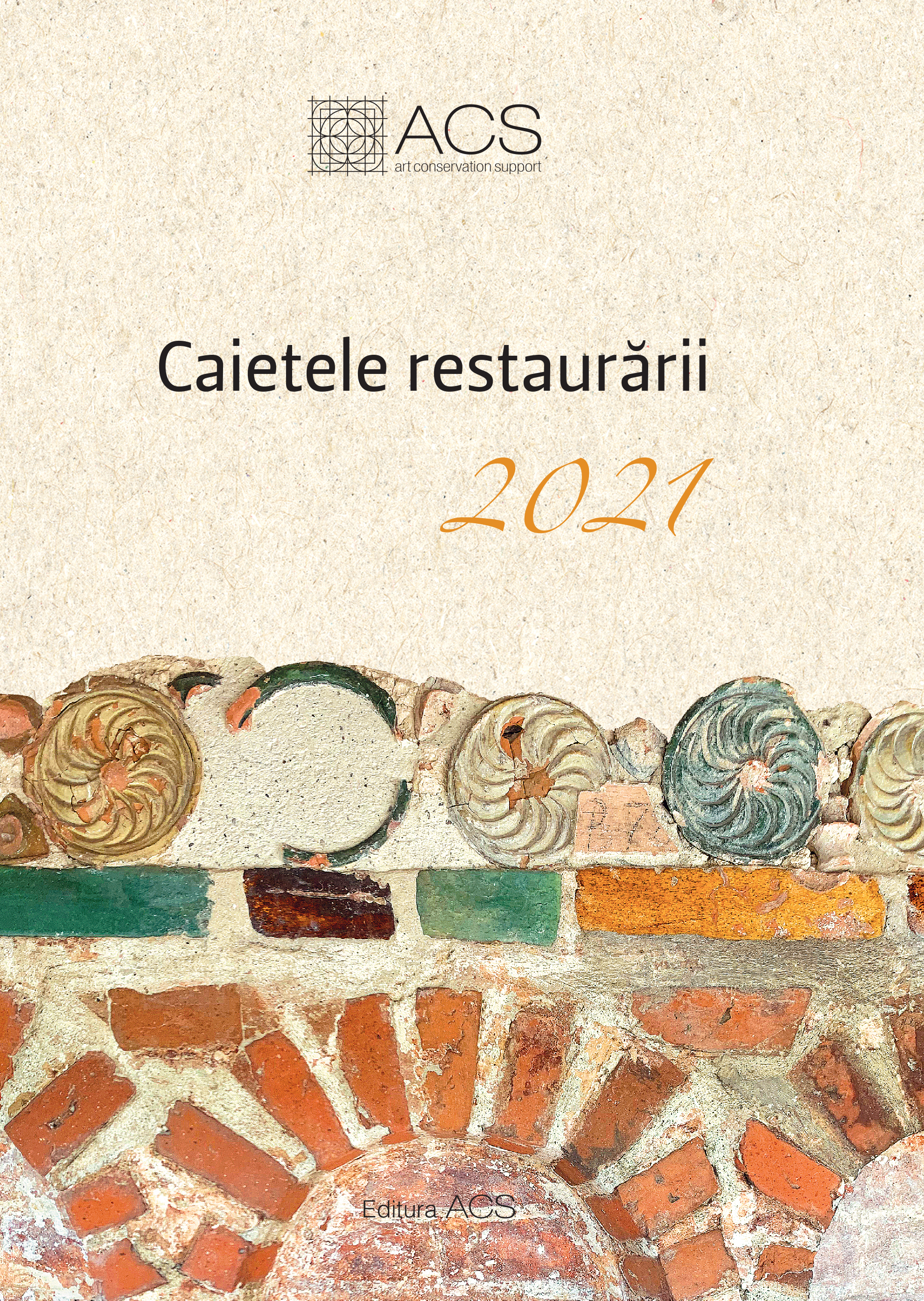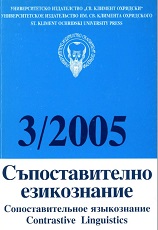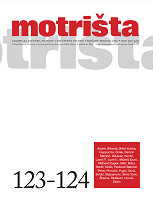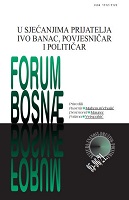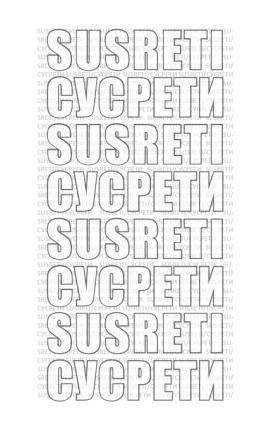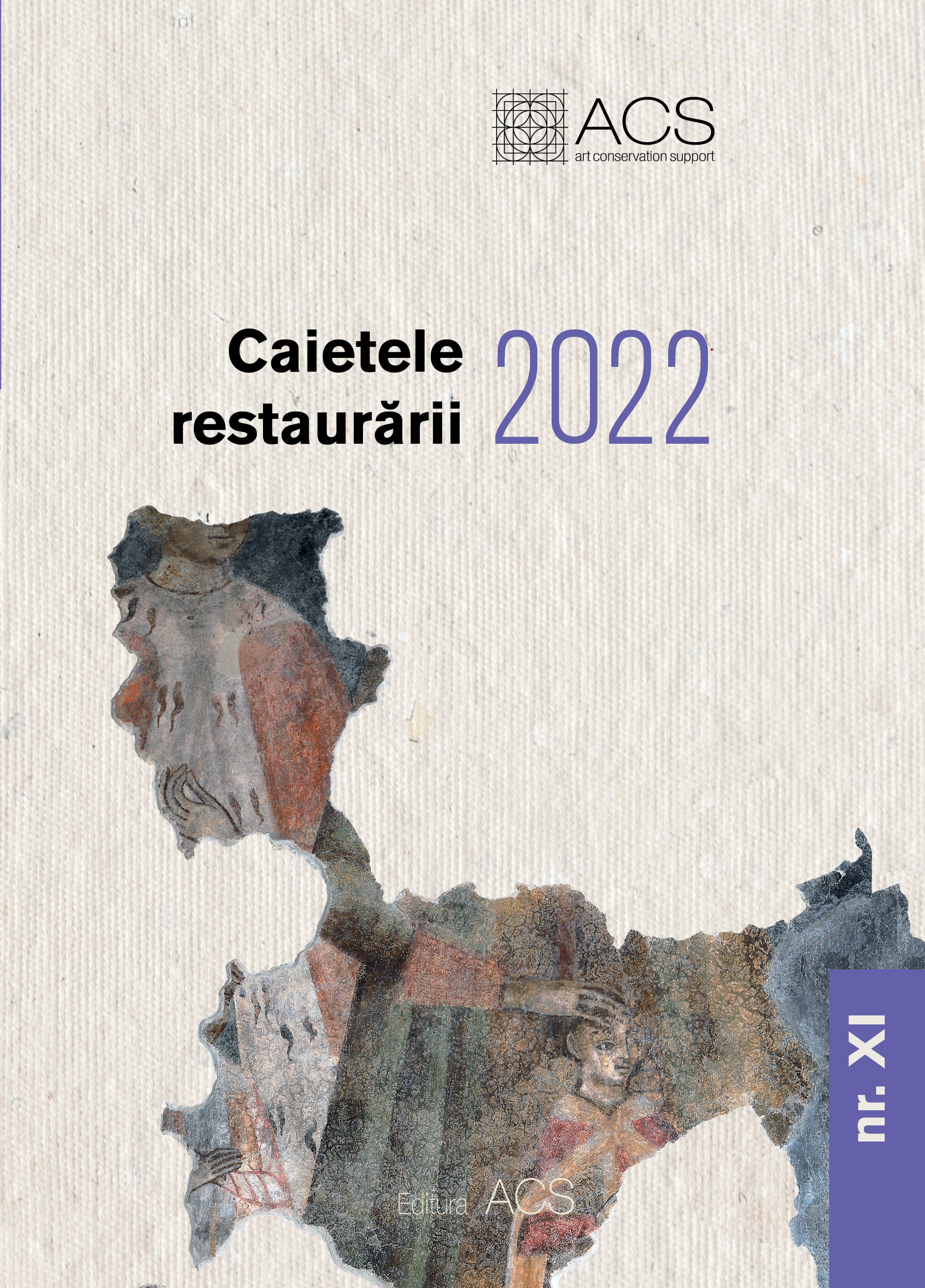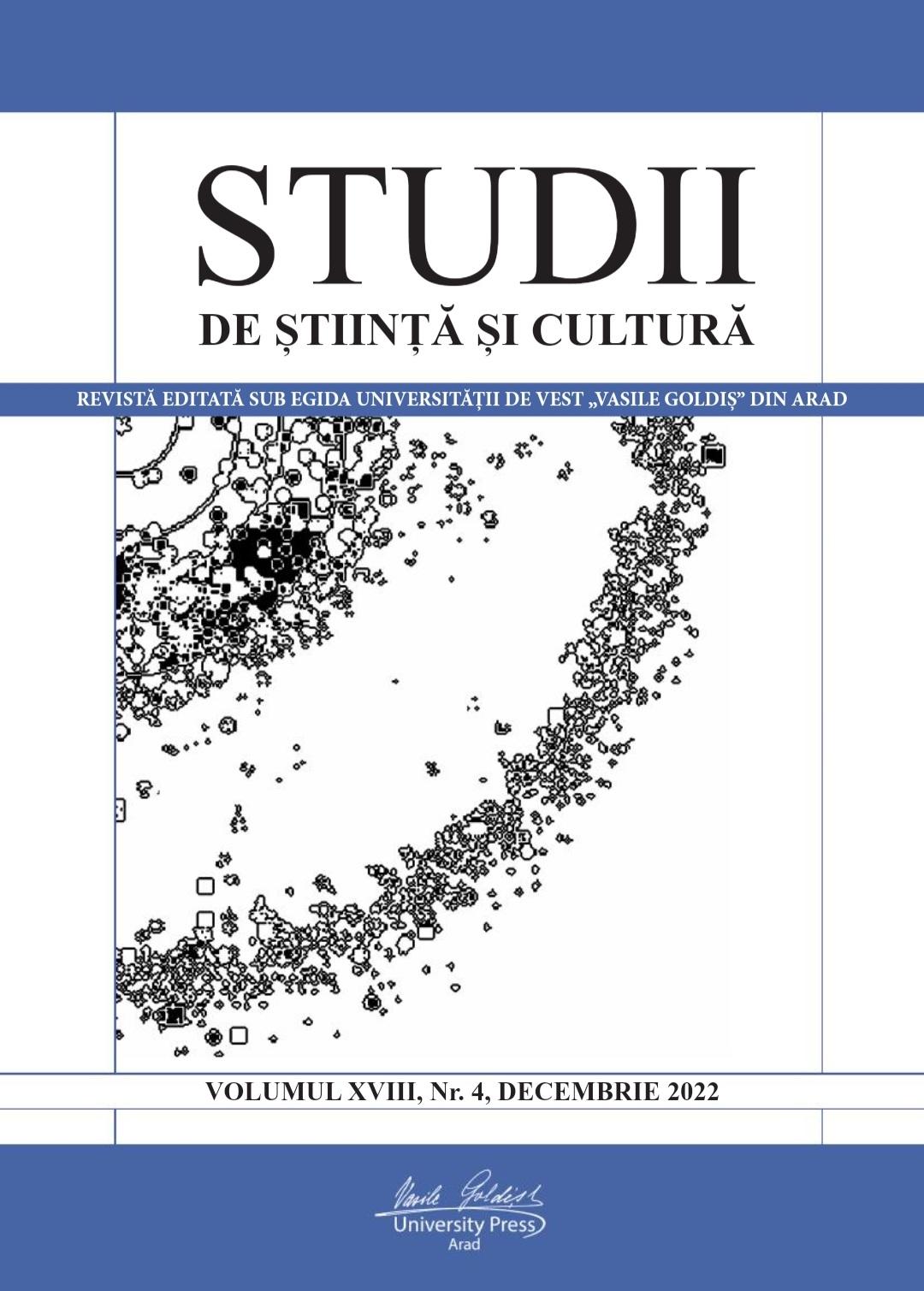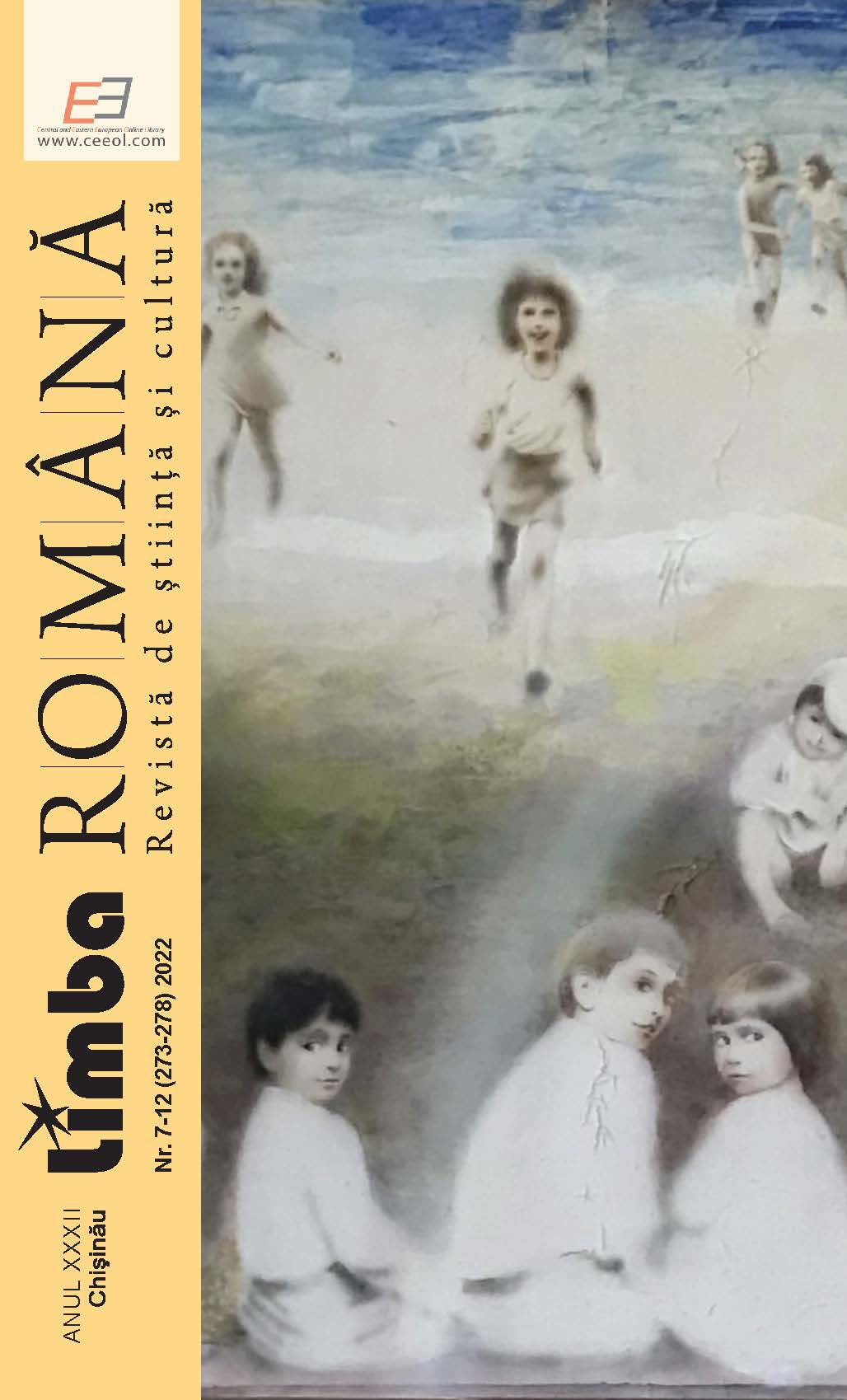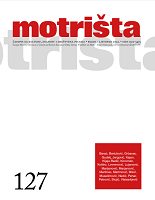Ferdinandi Mantlipärijad
Tähtsaim eesti keele auhind – teenete eest eesti keele uurimisel, korraldamisel, õpetamisel, propageerimisel või kasutamisel – kannab väljapaistva keeleteadlase Ferdinand Johann Wiedemanni (1805–1887) nime. Keeleauhinna algatamise mõttele tulid 1988. aasta sügisel Irma ja Jüri Sild. Esimene keeleauhind anti üle 1989. aastal. Esialgu andis auhinda välja Energia kolhoos, Nõukogude korra ja kolhooside lõppemise järel rahastasid auhinna väljaandmist Jüri Sild (kolhoosi endine esimees), seejärel Väike-Maarja vald ja Eesti Keele Sihtasutus ning eraalgatusliku keeleauhinna paaril viimasel korral Haridus- ja Teadusministeerium. (Põhjalikumalt vt Ross 2005, 2008, 2013.) Alates 2004. aastast on auhind riiklik. [...]
More...
